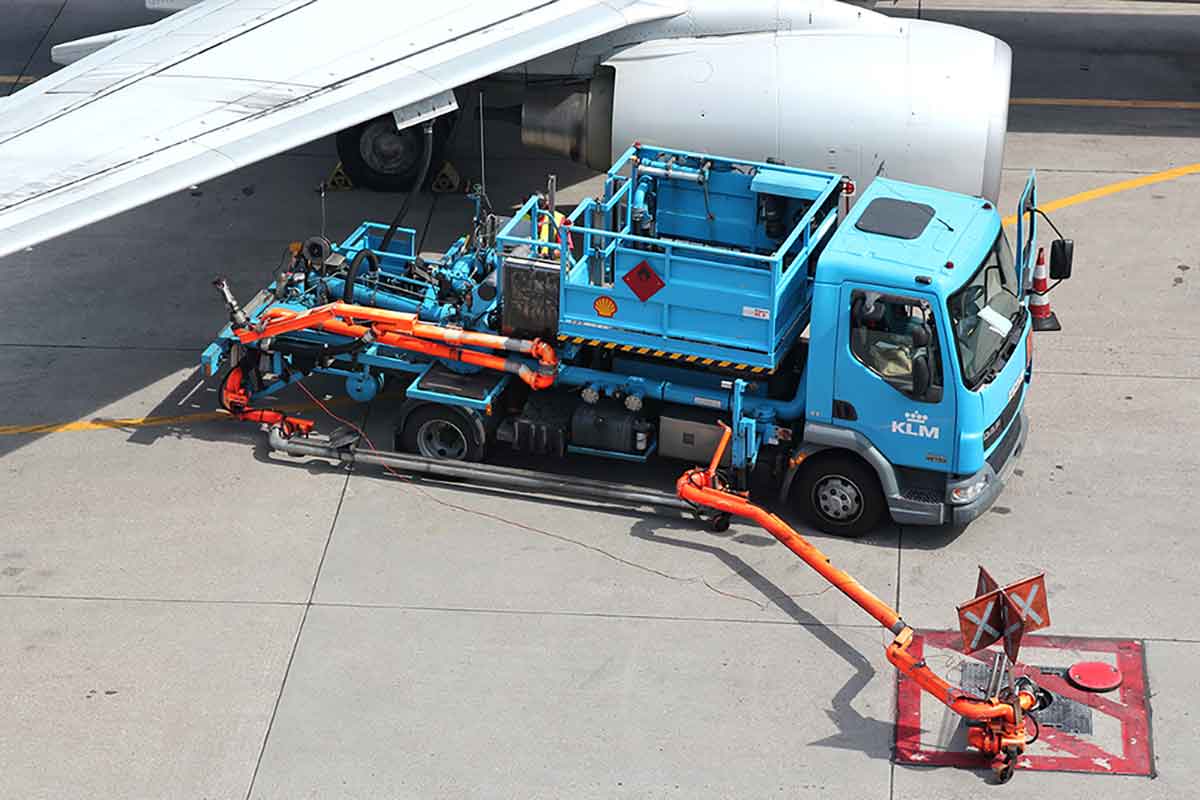Fuel surcharges are an extra fee that carriers like DHL, UPS, TXT, and FedEx charge on top of their standard shipping rates.
In the good old days, fuel surcharges were straight pass-through levies accurately reflecting a carrier’s fuel costs. But those days are long gone. Now, they routinely trade fuel prices and surcharges to eke out every penny from their shipments.
In the parcel-delivery sector, there’s no subtlety about it. The big hitters, such as FedEx and UPS, merely adjust their indexes whenever they want, basing their surcharges on their chosen diesel and jet fuel price bands.
Later we’ll show you how you can reduce these fees, but first, let’s look at just how high they are and why they exist.
How much are they?
They vary from carrier to carrier and week on week, but to illustrate how out of hand they are getting, here’s what the big four are charging now (May 2022).
| Carrier | Service | Fuel surcharge rate |
| DHL | International road fuel rate International air-fuel rate | 18.5% 32.35% |
| UPS | Standard service Express service (in/out Europe) | 20% 43.25% |
| FedEx | 35.5% | |
| TNT | Economy Express - Europe Economy Express – rest of world Express – Europe & rest of world | 21% 42% 42% |
Why are they charged?
As you would expect, fuel makes up a big chunk of the cost of transporting goods.
The cost of fuel is in constant flux, and when contracts are locked months or years in advance, the surcharge allows carriers to account for variations in fuel prices.
The problem is that oil prices can change overnight. So, one day carriers can be operating happily, and the next, their margins are being eroded. That’s why it makes sense for carriers to peg fuel surcharges to oil prices.
However, it also means that carriers can use rising costs to increase revenue. Indeed, we’ve seen fuel surcharges growing much faster than fuel prices. During the first week of January 2022, diesel prices were calculated at $3.61 a gallon, compared to $3.08 in the first week of January 2020. Despite all the fluctuations during that time, fuel prices rose about 17.3% and yet UPS’ diesel surcharge levels rose 36.7% from mid-August to Jan.
Why are fuel surcharges so high?
For once, the blame doesn’t lie solely at the feet of the pandemic. Tight global supplies have contributed to the high prices, but these have been pushed up further by Western sanctions on Russia, a major oil supplier, over its invasion of Ukraine.
Oil prices hit their highest levels since 2008
Where will it end? Right now, no one knows. All we can do is hope the dominant carriers within the industry reduce their surcharges as and when fuel prices begin to return to ‘normal’ levels.
How can you pay less on fuel surcharges?
If you go directly to one of the big four, you’ll be hit by their astronomical surcharges. Although you can’t avoid them altogether, you’ll pay less by coming to us.
How is that possible? Well, through bulk buying, we can offer you better basic rates. Not only will you save money, but you’ll also have access to our industry knowledge.
Smart Directions provide a bespoke logistics service, ensuring their clients maintain excellent levels of customer service at all times. Call the team on 01442 507 240 to find out more.

